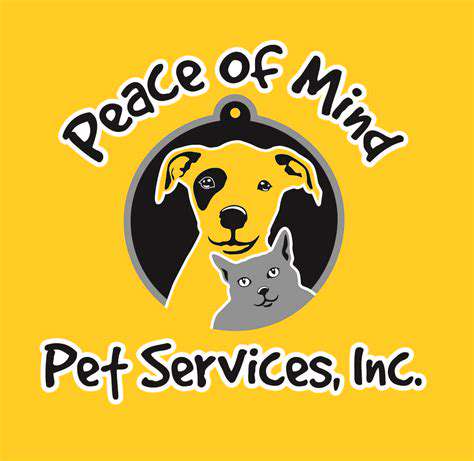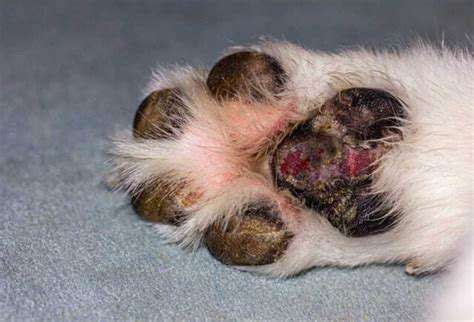Tips for Recognizing Poisoning Symptoms in Pets
Outline
Recognize toxic plants to prevent pet poisoning.
Identify early warning signs of pet poisoning.
Understand common household plants that are toxic to pets.
Learn to detect potential poison sources in the environment.
Prevent pet health issues by recognizing early symptoms of poisoning.
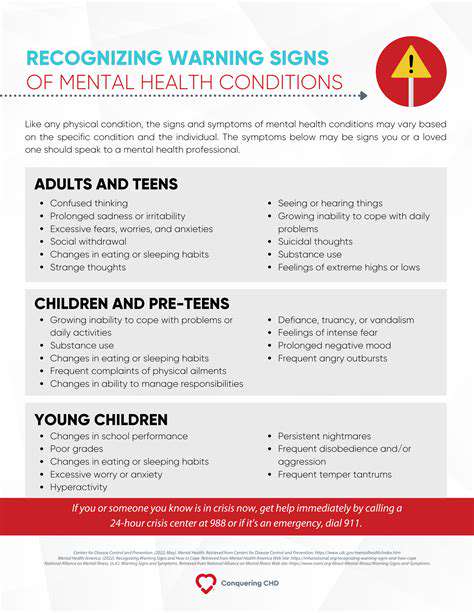
Identifying Potential Poison Sources
Identifying Plant Toxins
Many common houseplants and outdoor vegetation can harm pets. As a pet owner, you should know which plants are dangerous. For example, lilies, azaleas, and oleander can cause serious health problems ranging from vomiting to kidney failure. Spotting these hazardous plants in your living spaces is essential for keeping your pets safe. Different plants affect pets differently based on how much they eat and their size.
Some plants might only cause mild stomach upset, while others could be deadly. If you think your pet ate something toxic, don't wait - contact your vet right away. It's always better to be safe than sorry when it comes to your pet's health.
Recognizing Toxic Foods
Many foods we enjoy can be poisonous to pets. Chocolate, grapes, onions, and garlic can damage pets' organs and cause serious illness. These everyday items might seem harmless, but they can put your pet's life at risk. Always keep human food away from curious pets.
Even some nuts that seem safe might be dangerous. When in doubt about whether a food is safe for your pet, ask your veterinarian before sharing.
Understanding Outdoor Hazards
Outside spaces hide many dangers for pets. Poisonous mushrooms, toxic insects, and rodent poisons can all harm your pet. If you have poisonous plants or fungi in your area, keep your pet away from those spots during walks or playtime.
Identifying Toxic Substances in the Home
Cleaning products, medicines, and even some cosmetics can be dangerous for pets. These items might cause skin problems or damage internal organs. Always store household chemicals securely where pets can't reach them.
Products like antifreeze are especially dangerous because their sweet taste attracts animals. Make sure all potentially harmful substances are locked away safely.
Recognizing Toxic Materials in the Yard
Lawn care products like fertilizers and pesticides can hurt your pets. These chemicals might irritate their skin or cause more serious health issues. Always follow the directions carefully when using these products, and keep pets away until it's safe.
Assessing Potential Ingestion Risks
Regularly check your home and yard for anything that might poison your pet. Look for spills, open containers, or anything unusual. If you find something suspicious, clean it up immediately. Being proactive about pet safety can prevent emergencies.
Making safety checks part of your routine helps create a secure environment for your furry family members.
Immediate Actions to Take When Suspecting Poisoning
Immediate Actions to Take
If you think your pet was poisoned, act quickly but carefully. First, make sure you're safe - don't touch any poisonous substance directly. Try to identify what your pet ate or touched, as this information helps veterinarians provide the right treatment. If your pet collapses or stops breathing, call emergency services immediately and follow their instructions.
Never try to make your pet vomit unless a professional tells you to. Some poisons can cause more damage coming back up. Keep your pet calm and comfortable while you get help. If they're awake, offer small amounts of water, but don't force them to drink.
Protecting Yourself and Others
When dealing with possible poisoning, safety comes first. Use gloves or other protection if handling dangerous substances. Store all potential poisons in secure containers that pets and children can't open. Having an emergency plan prepares you to act fast if accidents happen.
Learn the signs of poisoning and keep important phone numbers handy. Quick, calm action can save your pet's life in an emergency.
Regular safety checks help prevent accidents before they occur. Keep dangerous items properly stored and out of reach. Following safety guidelines creates a healthier home for everyone.
Long-Term Prevention Strategies for Pet Poisoning

Proactive Measures for Disease Prevention
Preventing poisoning requires ongoing attention and care. The best approach combines knowledge, preparation, and regular safety checks. Learn which items in your home could harm your pet, and make necessary changes to keep them safe. Regular vet visits help catch any health issues early.
Nutritional Strategies for Enhanced Immunity
Feeding your pet a balanced diet helps keep them healthy and may reduce poisoning risks. Some foods can help protect their organs from damage. A healthy pet often recovers better from accidental poisoning. Ask your vet about the best diet for your specific pet.
Importance of Regular Physical Activity
Exercise helps pets stay fit and may reduce their curiosity about dangerous items. A tired pet is less likely to get into mischief. Regular playtime also lets you monitor your pet's health and spot any unusual behavior quickly.
Vaccination Programs and Immunization
While vaccines don't prevent poisoning, they help protect against other health threats. Keeping vaccinations current means your pet's immune system won't be weakened by preventable diseases.
Stress Management Techniques for Well-being
Anxious pets may chew or eat inappropriate items. Reducing stress through play, routine, and affection can prevent destructive behaviors. Calm pets are less likely to ingest dangerous substances out of boredom or anxiety.
Creating a safe, stimulating environment helps keep your pet out of trouble. Pet-proof your home just as you would for a curious child, and you'll greatly reduce poisoning risks.
Read more about Tips for Recognizing Poisoning Symptoms in Pets
Hot Recommendations
- Review: [Specific Brand] Small Animal Cage
- Why Rescuing Pets Saves Lives
- Best Pet First Aid Kits [What to Include]
- How to Help Stray Animals in Your Community
- Guide to Adopting a Pet When You Have Kids
- Top Reptile Heat Lamps
- Heartwarming Rescue Stories That Will Inspire You
- Review: [Specific Brand] Bird Cage
- Best Aquarium Filters [2025 Review]
- Review: [Specific Brand] Smart Litter Box
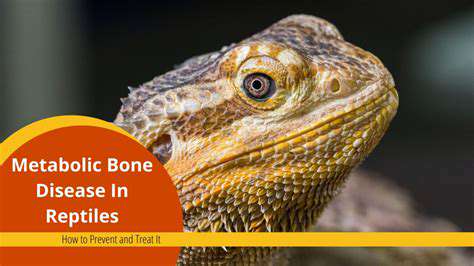



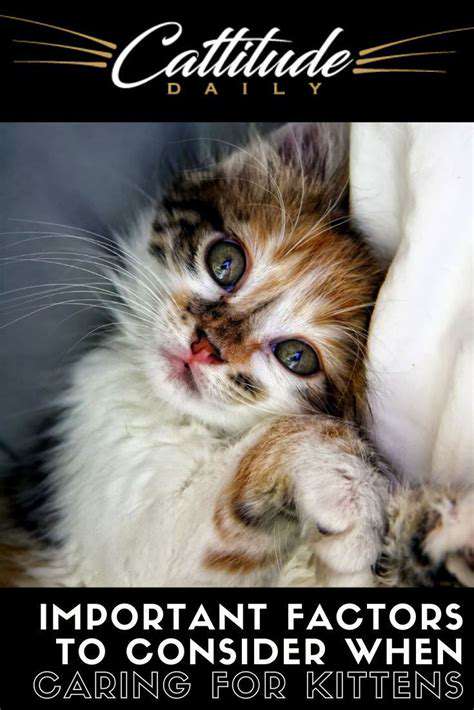
![Review: [Specific Brand] Smart Pet Door](/static/images/33/2025-05/EaseofInstallationandSetup.jpg)
